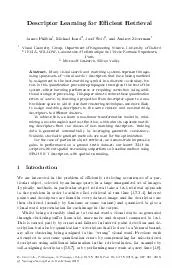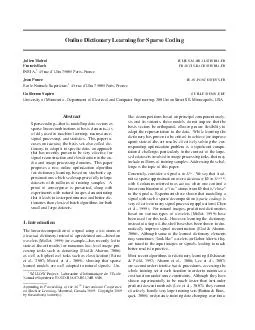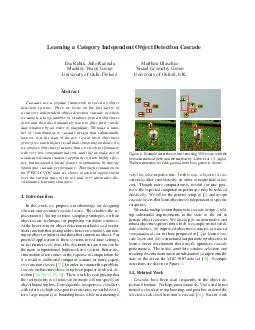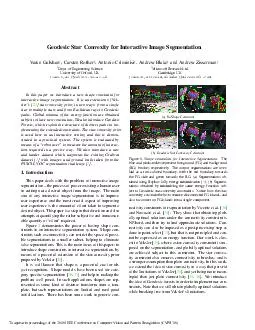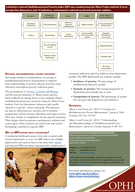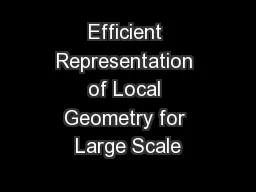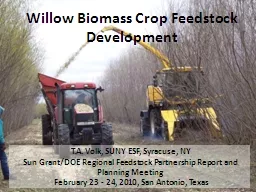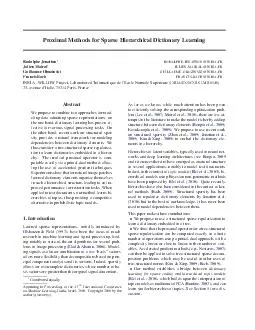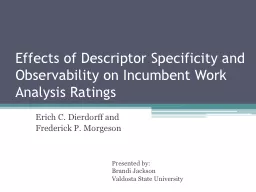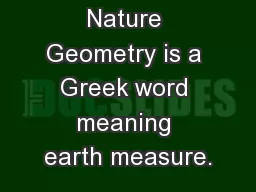PDF-Descriptor Learning for Ecient Retrieval James Philbin MichaelIsard JosefSivic and Andrew
Author : alida-meadow | Published Date : 2014-12-24
Many visual search and matching systems represent images using sparse sets of visual words descriptors that have been quantized by assignment to the bestmatching
Presentation Embed Code
Download Presentation
Download Presentation The PPT/PDF document "Descriptor Learning for Ecient Retrieval..." is the property of its rightful owner. Permission is granted to download and print the materials on this website for personal, non-commercial use only, and to display it on your personal computer provided you do not modify the materials and that you retain all copyright notices contained in the materials. By downloading content from our website, you accept the terms of this agreement.
Descriptor Learning for Ecient Retrieval James Philbin MichaelIsard JosefSivic and Andrew: Transcript
Download Rules Of Document
"Descriptor Learning for Ecient Retrieval James Philbin MichaelIsard JosefSivic and Andrew"The content belongs to its owner. You may download and print it for personal use, without modification, and keep all copyright notices. By downloading, you agree to these terms.
Related Documents

